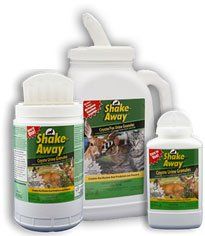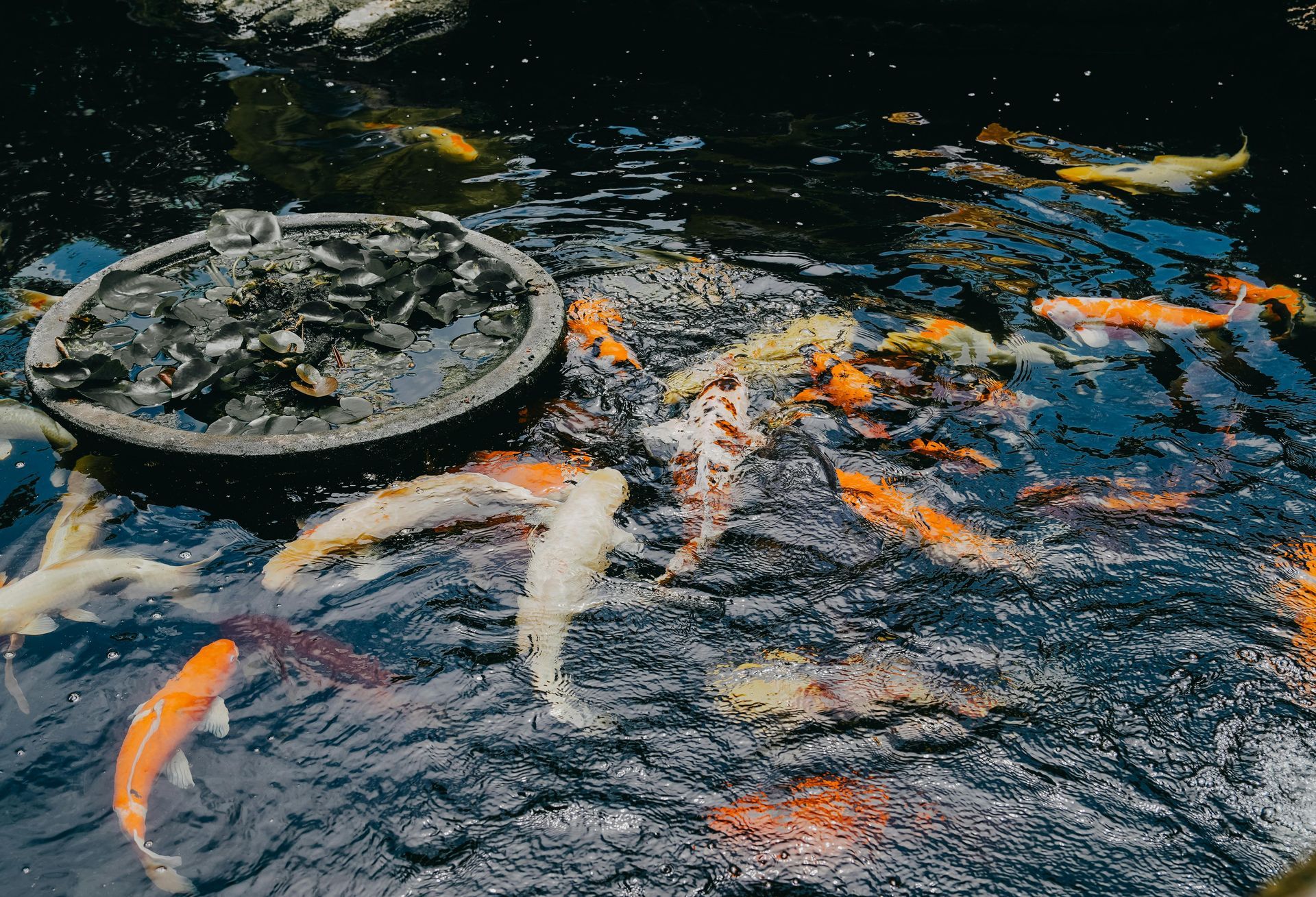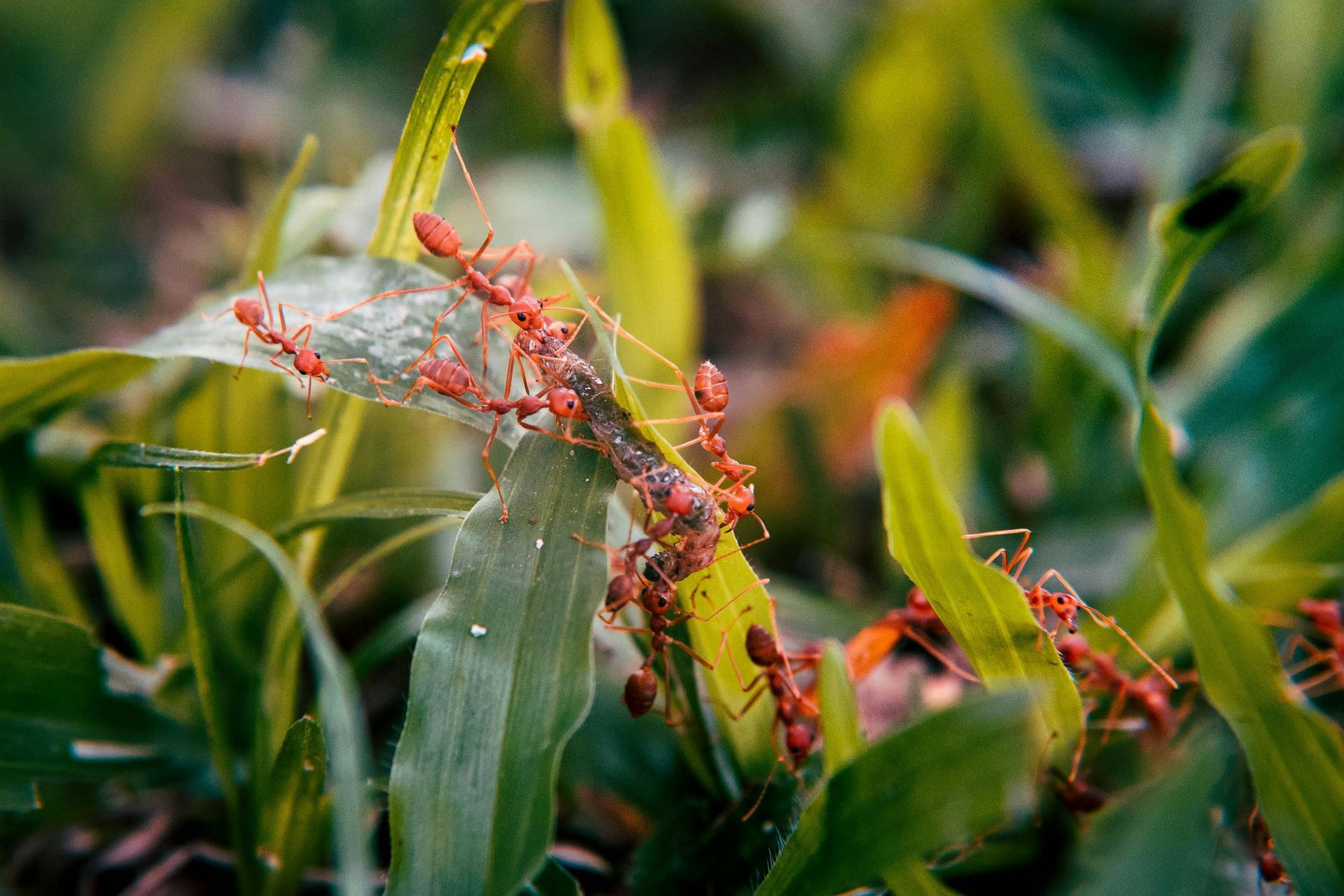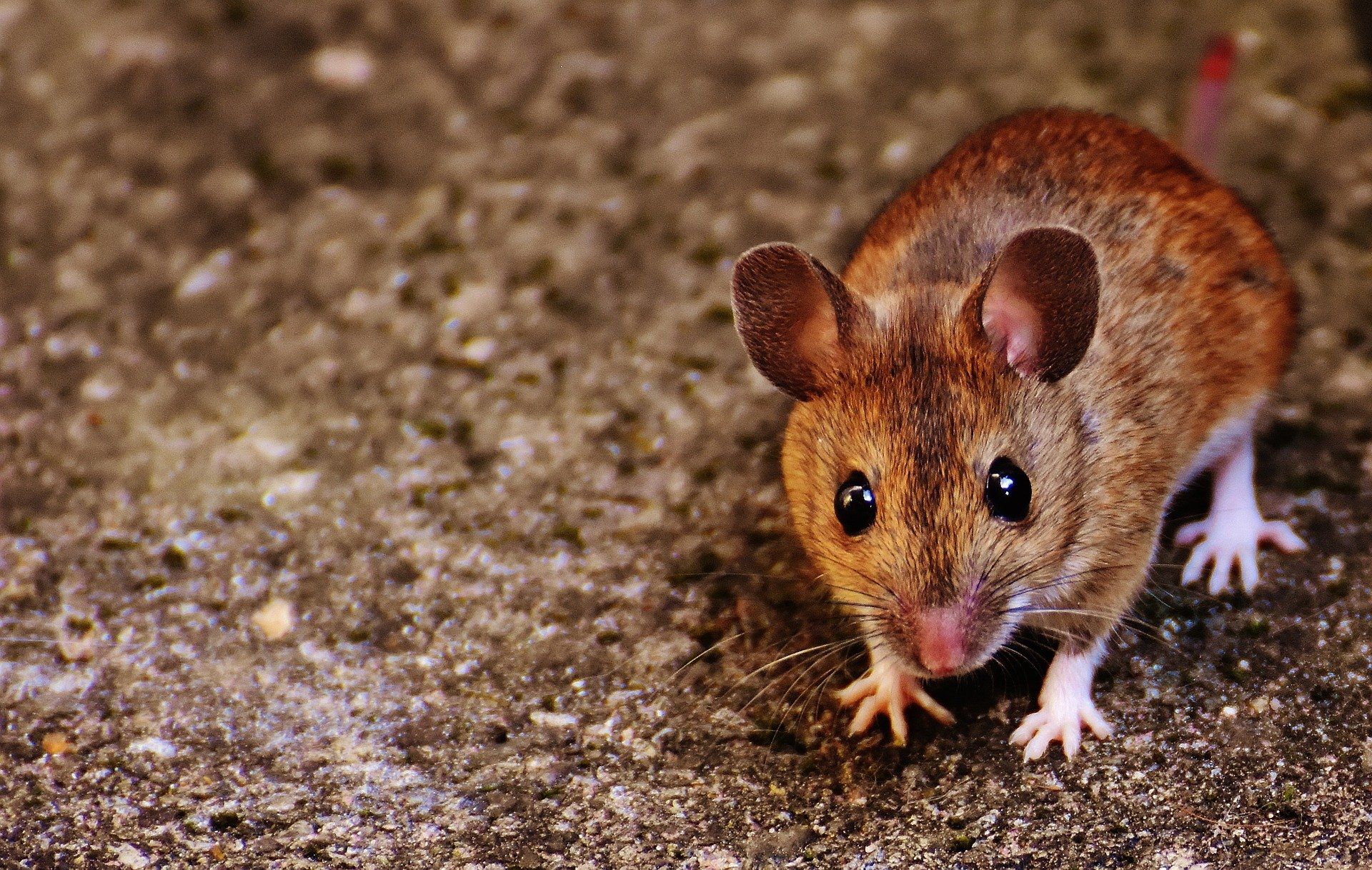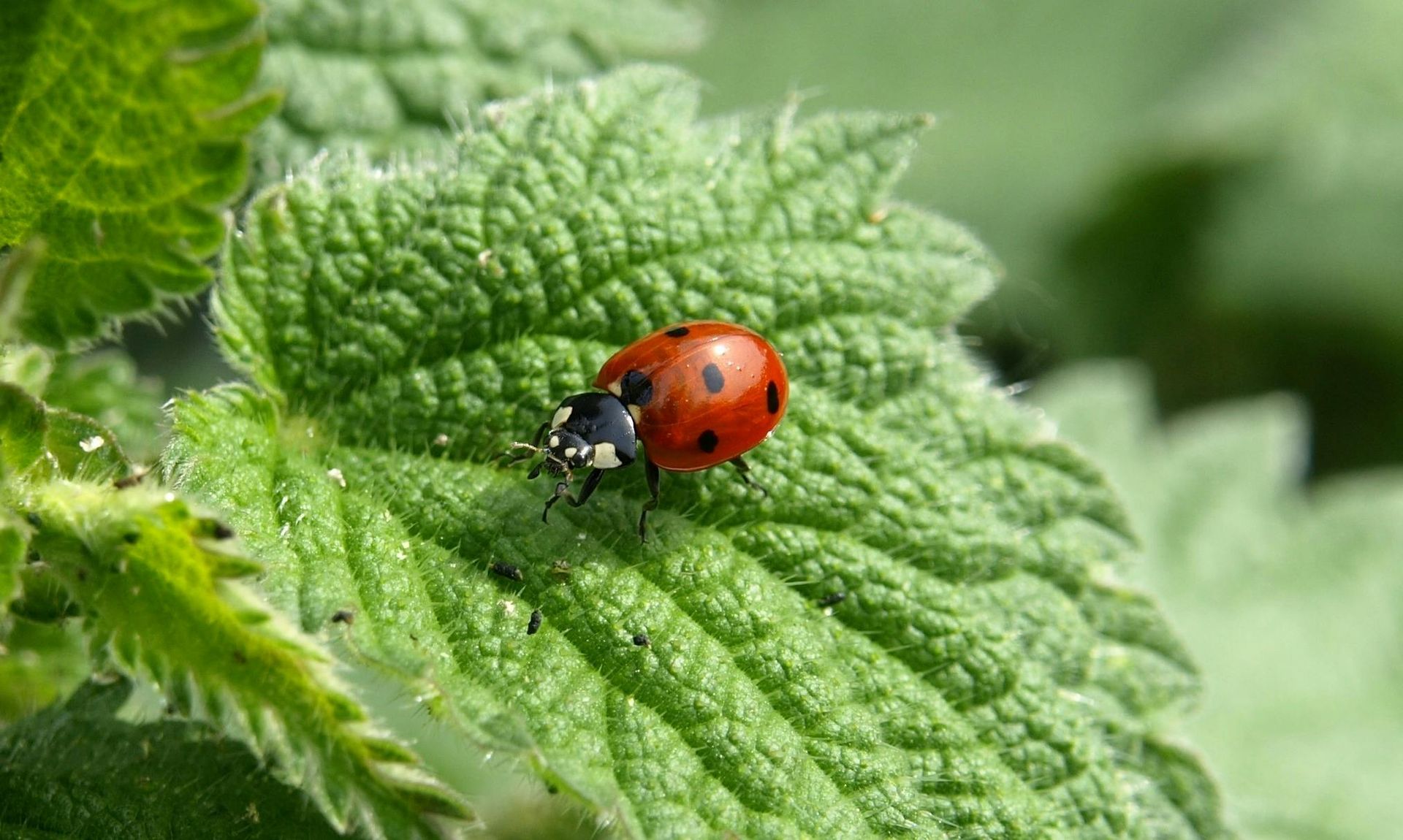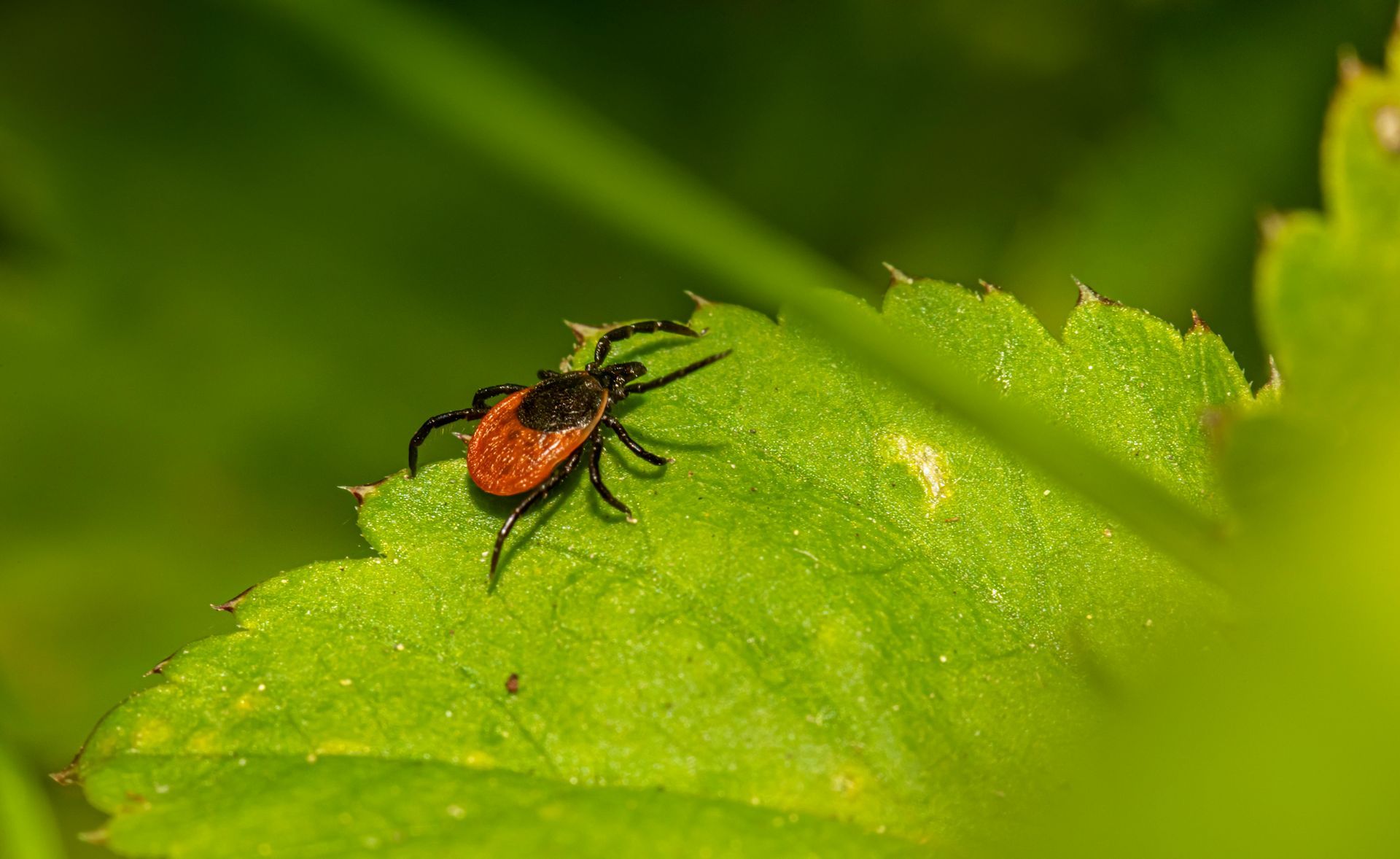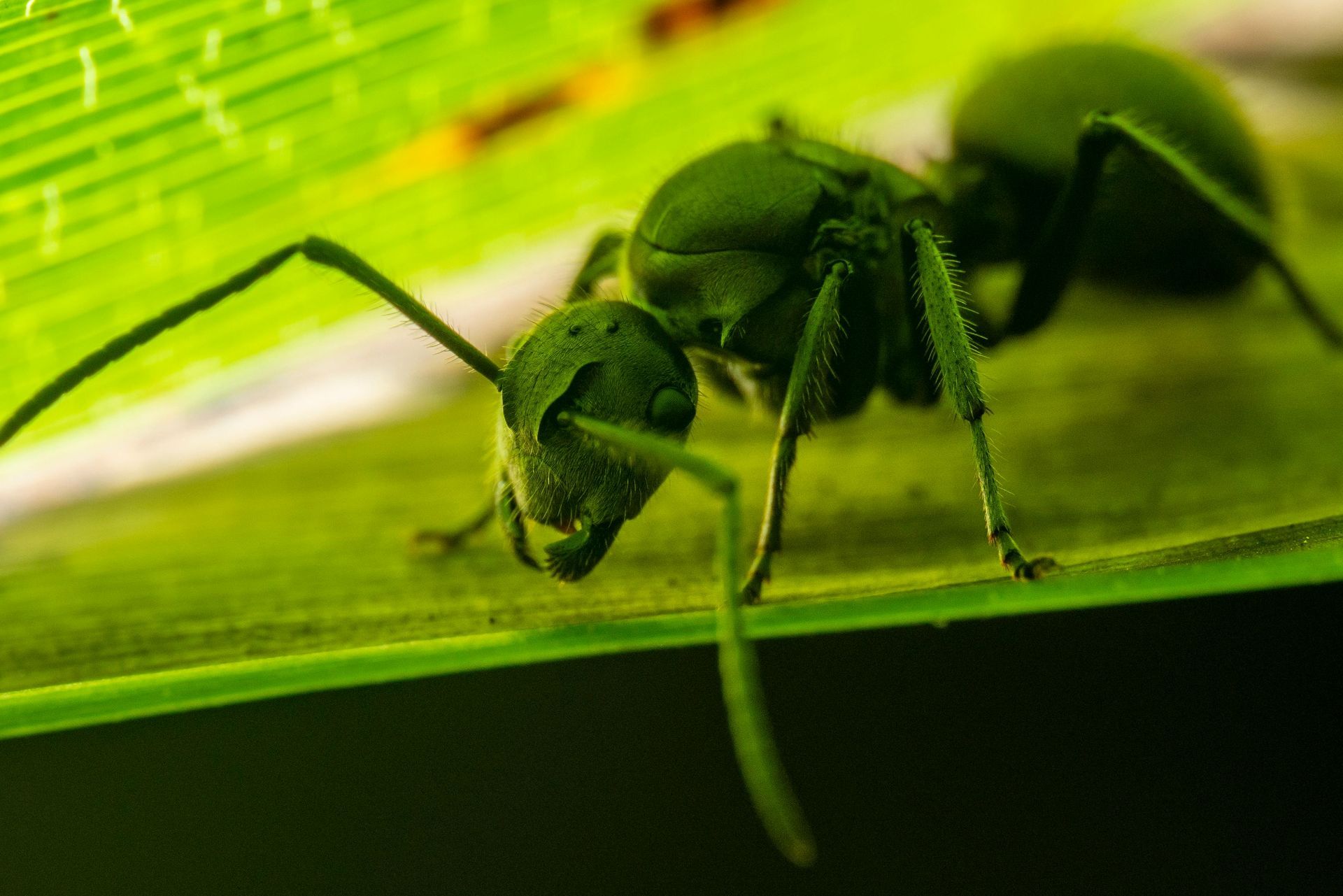All About Pests - Everything You Need To Know About Mice
Understanding Mice Behavior, Reproduction, and How to Safeguard Your Home with Critter Repellent
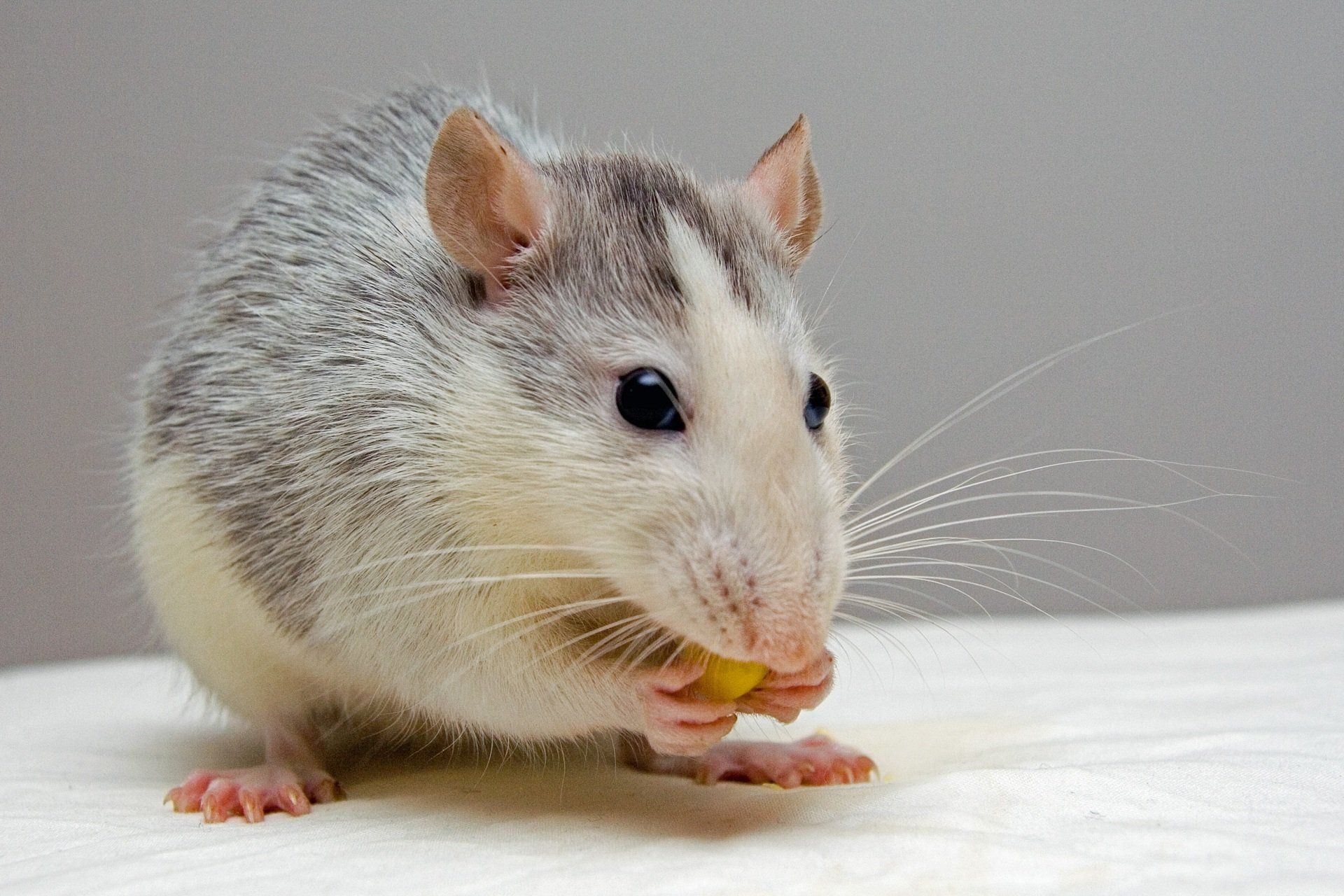
Mice, belonging to the rodent family, are known for their small size and curious nature. They are found worldwide and often seek shelter in human environments due to abundant food and warmth. Their compact bodies, large ears, and long tails make them adaptable to various habitats, but the seemingly harmless creatures can cause big problems when they find their way into your home and business. Mice are carriers of disease and can do irreversible damage to property.
There are a few different mouse species that you might run into, here are just a few of them:
The House Mouse is recognizable by its small size and pointed snout. It is an agile explorer that seeks shelter in warm and cozy spaces.
The White-Footed Deer Mouse is often found in wooded areas. It is a native species to places like Upstate New York. Its distinctive white feet and large eyes make it easily identifiable. These mice are skilled climbers and can enter buildings through even the tiniest openings.
The Meadow Jumping Mouse is a grassland dweller known for its long hind legs adapted for jumping. While not as common in urban areas, they thrive in the fields and meadows of the countryside.
Whether you reside in a suburban home or a rural retreat, preventing mice intrusion is essential. It is crucial to understand their behavior, lifecycle, and how to keep them at bay. Let’s explore the intriguing world of mice.
What Do They Eat: Mice are omnivores, meaning they consume both plant and animal matter. Their diet includes grains, seeds, fruits, and even insects. This flexibility in food choices makes them resilient and capable of thriving in diverse environments.
Lifecycle and Reproduction: Understanding the mouse lifecycle is essential for effective control. Female mice can give birth to several litters each year, with each litter containing multiple pups (also known as pinkies). Their rapid reproduction can lead to a sudden surge in population if left unchecked. Newborn mice, blind and hairless, grow rapidly and are weaned within a few weeks.
Now let’s dive into some Frequently Asked Questions:
Q: Why do I have mice?
A: Mice are attracted to spaces that offer a stable food source and shelter. Common reasons for their presence include the availability of food crumbs, open containers, or clutter that provides hiding spots. Identifying and addressing these attractants is crucial in preventing infestations.
Q: How can I prevent mice from invading my home or business?
A: Preventing mice involves a combination of proactive measures. Seal entry points, such as gaps or cracks in walls and foundations, to limit their access. Keep food stored in airtight containers, maintain cleanliness, and regularly inspect for signs of infestation. Utilizing Critter Repellent can also act as an additional line of defense, creating an inhospitable environment for mice without harmful chemicals.
Understanding the intricacies of mice behavior is the key to effective control. You can safeguard your home or business from these unwanted guests by implementing preventive measures and incorporating Critter Repellent into your strategy. Take charge of your space and bid farewell to mouse-related concerns.
Critter Repellent All Natural Animal Repellent Blog


